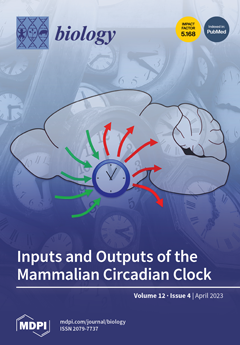Some of the species of the genus
Bacopa have been used in Pharmacopoeia worldwide. However, in Mexico,
Bacopa monnieri has neither been extensively cultivated nor studied, nor has their use in traditional medicine been reported. The aim of this work was to assess
[...] Read more.
Some of the species of the genus
Bacopa have been used in Pharmacopoeia worldwide. However, in Mexico,
Bacopa monnieri has neither been extensively cultivated nor studied, nor has their use in traditional medicine been reported. The aim of this work was to assess the taxonomic verification of the four wild populations of
B. monnieri, the chemical content of their pigments and phenols and to provide an analysis of their potential bioactivity.
B. monnieri wild populations from Mexico were validated using molecular markers. Chromatographic profiling using HPLC-PDA revealed 21 compounds comprising 12 chlorophylls and nine carotenoids; of the latter, the major ones were lutein (0.921 ± 0.031 μg/mg of dry extract) and β-carotene (0.095 ± 0.003 μg/mg of dry extract). The total phenolic content, determined using the Folin–Ciocalteu assay, ranged from 54.8 ± 5.8 to 70.3 ± 2.2 µg of gallic acid equivalents (GAE)/mg. Plant extracts scavenged from the free radical DPPH in IC
50 ranged from 130.6 ± 3.0 to 249.9 ± 12.1 µg dry extract/mL. In terms of the anti-inflammatory potential, the most effective extract was from a soil-based plant from Jalisco (BS), reduced from nitric oxide in a RAW 264.7 culture medium, with an IC
50 value of 134 µg of dry extract/mL. The BS extract showed a significant neutral lipid-reducing activity in the zebrafish model, ranging from 3.13 μg/mL
p < 0.05 to 100 μg/mL
p < 0.0001. Overall, the extracts analyzed here for the first time seem promising for future use because of their antioxidant, anti-inflammatory and anti-obesity potential.
Full article






